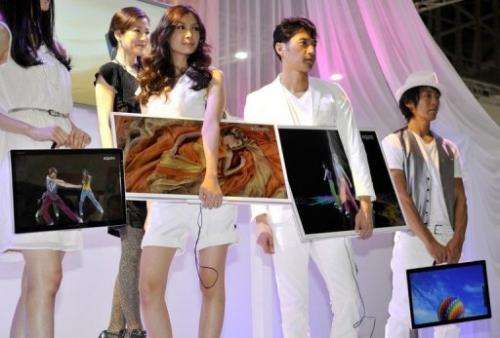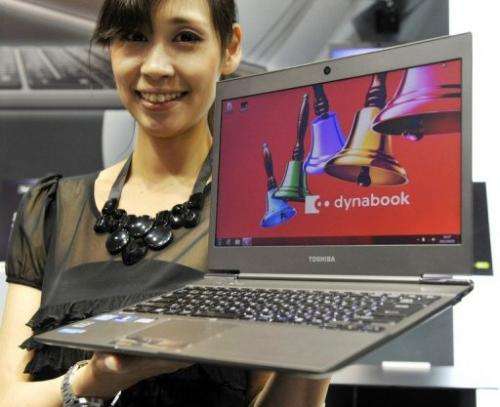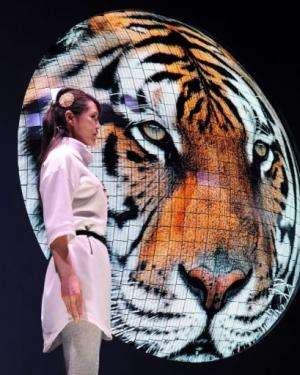Asia's biggest tech fair opens in Japan

Smartphones detecting bad breath and radiation, twistable remote controls and a super-thin tablet computer were just some of the gadgets on show at Asia's biggest tech fair in Japan Tuesday.
Around 600 firms unveiled their innovations at the Combined Exhibition of Advanced Technologies (Ceatec) exhibition in Chiba, near Tokyo, expected to draw 200,000 visitors during its five-day run, organisers said.
The impact of Japan's March 11 earthquake, tsunami and nuclear disaster gave added resonance to technologies on display, particularly those aimed at improving urban infrastructure and energy efficiency.
State-of-the-art radiation counters and power-saving technologies are in high demand after Japan's disasters sparked fears over contamination and led to power shortages, requiring cuts to energy consumption this summer.
Japanese telecom giant NTT DoCoMo showed off a smartphone with changeable sensor-embedded shells that can detect bad breath, vital body signs and even be used to measure background radiation levels.
DoCoMo also demonstrated how population data can be obtained from mobile phone base stations, allowing urban planners or disaster relief agencies to map population movements or help identify people in specific areas.

Japan's Nissan showed off its Vehicle to Home system that enables energy stored in an electric vehicle's batteries to be used in houses.
Electronics parts maker Murata Manufacturing unveiled devices using a newly developed transparent organic film that can deliver instructions via twisting motions or pressure.
One of its gadgets, a light-powered plate called the Leaf Grip Remote Controller, has no buttons but is instead operated by the user bending and twisting it.
Another application of the film is as a touch panel which responds to left-right and up-down finger swipes but also senses how strongly it is being pressed, unlike conventional touchscreen glass used on smartphones.
"Currently we give commands two-dimensionally on touch panels in smartphones and tablet computers but this invention would give us another dimension -- how hard they are pressed," Murata spokesman Kazuhisa Mashita said.
"This could enable users to scroll screens slowly by touching the screen lightly and move images faster by pressing it harder," he told AFP ahead of the exhibition.

Consumer electronics were also on show, with firms unveiling advanced gadgets ahead of the year-end shopping season at a time when the global economy is showing signs of a slowdown as the debt crisis in Europe continues.
Sony's new lineup included binoculars capable of high-quality digital recording in 2D and 3D -- particularly useful for animal watchers, storm chasers and sports fans.
Toshiba showcased what it calls "the world's thinnest and lightest" tablet computer, equipped with a 10.1-inch display that is just 7.7 millimetres (0.3 inches) thick and weighs 558 grams (19.5 ounces).
It also gave a Japan debut to its glasses-free Regza 55X3 3D television.
Meanwhile car accessories firm Pioneer displayed an in-car navigation system that projects data directly on to the windscreen instead of relying on a dashboard display.
Microchip maker Rohm showcased what it hails as the world's tiniest resistors -- so small that 500,000 of them can be used in an hourglass instead of sand.
The Japanese firm also revealed efforts to diversify into the healthcare business, with "Technojewel" accessories such as earrings that can take the wearer's pulse.
(c) 2011 AFP




















